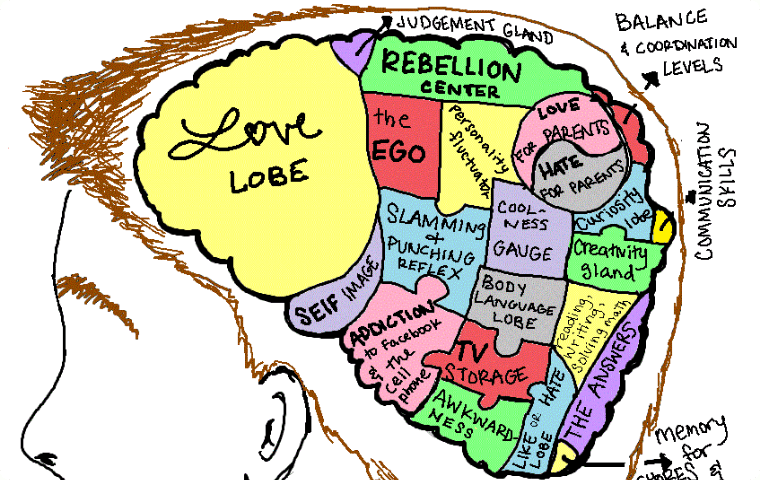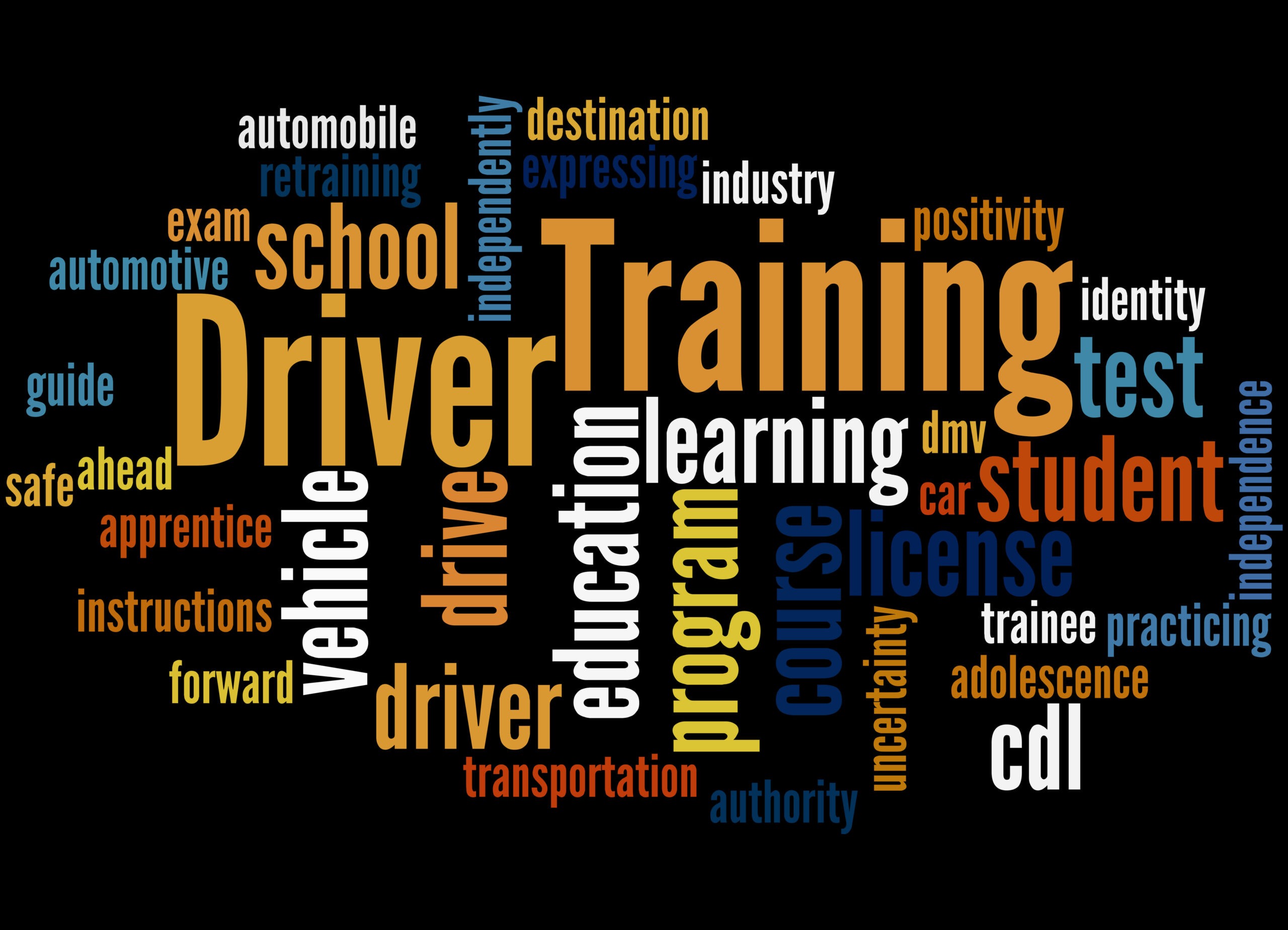10 Tried and True Customer Service Techniques Every Driving School Employee Needs to Learn
- Attitude Is Everything
Having a positive attitude doesn’t come naturally to everyone. It’s much easier to hire someone with a positive attitude than it is to retain and train someone who doesn’t. Additionally, most people will find it easier to learn from an instructor with a positive attitude.
One way to test for attitude is to conduct the interview at a restaurant and see how the prospective employee treats the wait staff.
- Teach Attitude and Body Language Techniques
Teach your employees about how to use the proper tone of voice, intonation, body language, and facial expressions. Additionally, teach your employees about hidden mannerisms or “tells” that come across as negative even though that employee might not be saying a word.
- Over the Phone Customer Service
Even though almost everything these days is done via email, SMS, or social media messaging, your employees at some point will need to talk with current or potential driving students over the phone. So teach your employees to be aware of how they sound over the phone. If your employees use the right intonation, people will feel as if they are being sincere. This will help your driving school to be more successful in the long run.
- Face-to-Face Customer Service
Having a genuine smile is the first step to delivering a good customer service experience. Using the correct body language, having a pleasant voice intonation, and a genuine smile are all equally as important. This will help you avoid displaying mixed signals that create distrust. The reputation of your driving school is built in part by the actions of your employees. Therefore, teaching them to deliver exceptional customer service will help your business maintain a positive image in the community.
- Always Use Direct Eye Contact
Using direct eye contact throughout every conversation is extremely important. Direct eye contact helps build trust and shows you are actively listening and willing to help.
- Lean In
Lean forward slightly when dealing with a customer in person. Slightly leaning in shows the customer you are actively listening and giving them your full attention.
- Treat Everyone with Respect
Regardless of how a customer is treating you, you should always show respect—even when a customer is wrong. You don’t have to admit fault. You can simply tell the customer that you understand what they are saying or how they are feeling. This isn’t admitting fault. Then you can proceed with helping them resolve their issue.
- Do Not Interrupt
Never, ever, interrupt a customer while they are talking. Once they have finished talking, then it’s your turn. If a customer is ranting on and on, let them vent and don’t interrupt. This will make the customer feel as if you let them tell their side of the story. It will also help you fully understand the issue and make an informed decision about how to properly handle it. How your driving instructors handle customer issues could ultimately make or break your business. So it pays to properly train them on how to handle a variety of customer issues.
- Always Take Notes
Documentation is critical. Taking notes will show the customer you are listening to them, noting the facts as they present them, and are genuinely interested in helping them.
- How to Handle an Irate Customer
It’s inevitable that at some point you will have to deal with an irate customer. There are two techniques that are extremely effective in helping to deescalate a situation, lower the customer’s frustration level, and bring them back to a calmer state.
When a customer gets irate, calmly sit back in your chair without exhibiting any type of negative body language. Then, when replying to the customer, slightly lower your voice and speak in a low, slow, calm manner without any negative intonation in your voice. Generally, this will make the customer less defensive because they won’t feel as if you are attacking them back (which is what they expect).
You always want your driving instructors to be able to confidently handle any customer service situation, good or bad. And the only way to do that is to teach them exactly how you want them to deal with irate customers.


















